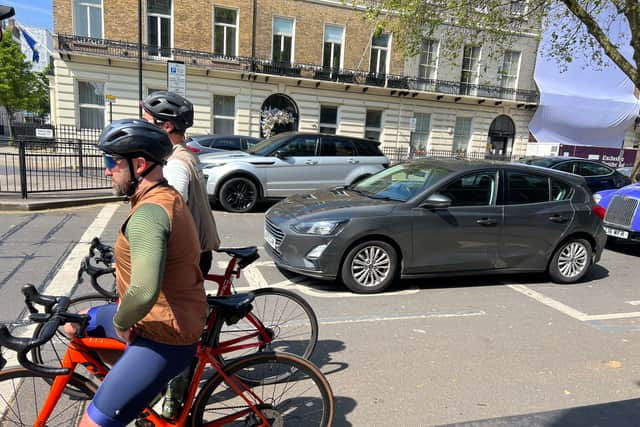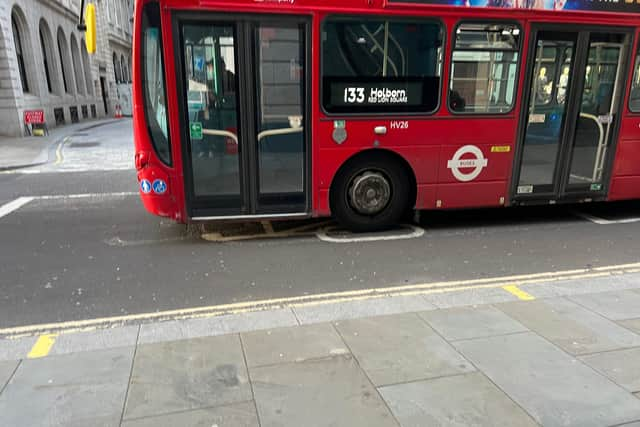Traffic lights bike boxes: Can drivers be fined for entering? What are the rules for advanced stop lines?
and live on Freeview channel 276
Advanced stop lines (ASL) - otherwise known as bike boxes - have become regular features at UK traffic light junctions since they were introduced in 1986. Designed to improve the safety of cyclists at traffic lights, they provide a designated space separating them from motorists.
They enable cyclists to head off first once the light goes green, due to their position ahead of the vehicle traffic. Often there are green lights specifically for cyclists, which change first.
Advertisement
Hide AdAdvertisement
Hide AdOutside the UK, bike boxes can be found in countries including Denmark and the US. But what are the rules, and can motorists be fined for entering them?


What are the rules for bike boxes?
According to the Highway Code, rule 178, motorists, including motorcyclists, must stop at the first white line if the lights are amber or red, “and should avoid blocking the way or encroaching on the marked area at other times, eg if the junction ahead is blocked”.
The rule continues: “If your vehicle has proceeded over the first white line at the time that the signal goes red, you must stop at the second white line, even if your vehicle is in the marked area. Allow cyclists time and space to move off when the green signal shows.”


So there are exceptions when motorists can enter an ASL?
Yes. As per the Highway Code, if a motorist has already entered the bike box prior to the traffic light turning amber or red, they are obliged to stop if the light then changes. However, if it is already amber or red prior to them reaching the bike box, then they should not be entering it at all.
Advertisement
Hide AdAdvertisement
Hide AdCan motorists be fined for entering a bike box?
If motorists are caught driving into a bike box when the traffic light is either amber or red, they can be given a fixed penalty fine and points on their licence.
When asked by LondonWorld how many fines have been issued, the Met Police said it does not hold such data on its own, and that it is grouped within a wider ‘contravening automatic traffic signal’ category.
A Freedom of Information (FOI) request found 22,471 such offences were recorded in 2022, the highest since the 25,685 in 2019. However, it is impossible to tell how many of these relate to motorists caught entering ASLs.
Comment Guidelines
National World encourages reader discussion on our stories. User feedback, insights and back-and-forth exchanges add a rich layer of context to reporting. Please review our Community Guidelines before commenting.
